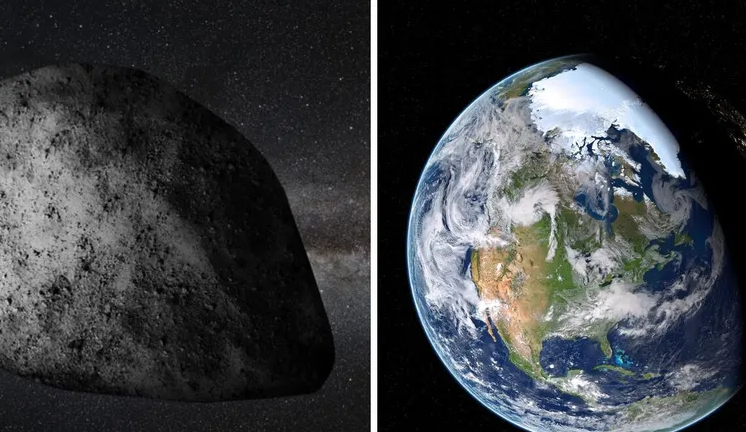This happens once every 10,000 years: Earthlings will witness one of the rarest cosmic events

The giant asteroid 99942 Apophis will pass by the Earth. Its mass is about 20 million tons. In 2004, when Apophis was first discovered, it was classified as Level 2 on the Turin Collision Hazard Scale.
This scale evaluates the probability of a collision with the Earth, where 0 means almost zero probability, and 10 - an inevitable collision with catastrophic consequences. The second level, although low, is given to objects that pass "close, but not too unusually" to the Earth, and require the close attention of astronomers.
However, after further observations in December of the same year, Apophis' danger level was raised to 4 due to a 1.6 percent chance of a collision with Earth in 2029.
"A close pass that requires the attention of astronomers," NASA explains about Level 4. - "Current calculations give a 1% or greater chance of a collision capable of devastating an entire region. It is likely that new telescope observations will bring the rate down to 0. However, if the collision is less than 10 years away, it deserves public and government attention." .
During the years of search and monitoring of near-Earth objects (NEO), none of them reached the fourth level of danger. Because of the threat to Earth, the asteroid was named after the Egyptian god of darkness and destruction - Apophis. Further observations ruled out collisions in 2029, 2036 and 2068, although the flybys would be very close.
"A collision in 2068 is no longer possible," Davide Farnocchia of NASA's Near-Earth Object Study Center says about the asteroid, "and our calculations do not show any probability of a collision within the next 100 years."
However, the 2029 flyby will be particularly close, with the asteroid coming within 32,000 kilometers (20,000 miles) of Earth, closer than some of our moons. It will be visible to the naked eye from the eastern hemisphere. The European Space Agency (ESA) called the event "one of the rarest space events of our lifetime".
This event is rare due to the significant size of the asteroid (average diameter of 375 meters) and its proximity to Earth.
"The 2029 flyby is an incredibly rare event," ESA explains. "By comparing the impact craters of the Solar System with the sizes and orbits of all known asteroids, scientists believe that an asteroid as large as Apophis approaches Earth only once every 5,000 to 10,000 years."
During the flyby, NASA plans to investigate the asteroid with the OSIRIS-APEX mission, a modified version of the OSIRIS-REx asteroid probe.